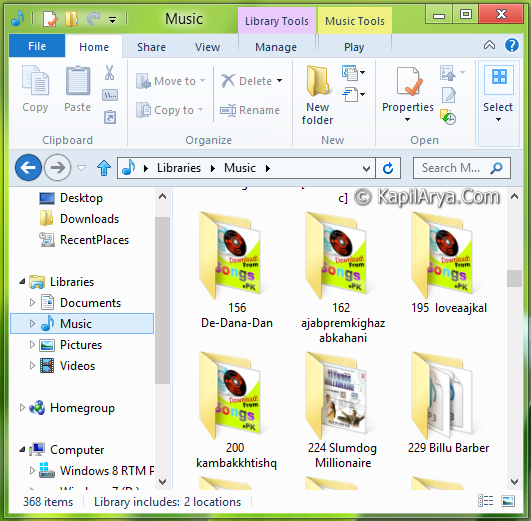

Simply position the crosshair in one corner of the area you’d like to capture, click and hold the mouse or trackpad, and drag to paint the area you will capture. Pressing this shortcut will turn your mouse cursor into a crosshair with pixel information. If you have multiple displays, a separate full-screen screenshot will be created for each display.Ĭommand + Shift + 4: Take a screenshot of a defined area. Each of these can be triggered with a keyboard shortcut:Ĭommand + Shift + 3: Take a screenshot of the entire screen. There are three primary screenshot types in OS X: capture the entire screen, capture the selected window, or capture a defined area. The Basicsīefore we get in to the customizable settings for screenshots, let’s go over a few basics on exactly how to take screenshots (experienced users can skip this section).

Thankfully, nearly every aspect of OS X screenshots can be customized using the Terminal app. OS X features powerful built-in tools for taking screenshots, but the default format and location of the captured images may not be suitable for every user. The Complete Guide to Mac OS X Screenshots


 0 kommentar(er)
0 kommentar(er)
